Recent Posts
-
Yes, There IS a Future!
December 26, 2025
-
Real Crimes and the Coming Violence
September 6, 2025
-
Whither Modern Life?
June 27, 2025
-
What the Hell
June 18, 2025
-
As Darkness Engulfs Us
April 6, 2025
-
AI, Risk, and Work
January 17, 2025
-
“Things Are in the Saddle, and Ride Mankind”
December 29, 2024
-
Forgotten Futures in Seattle
December 12, 2024
-
Autocracy Defeats Neoliberalism
November 14, 2024
-
History… We’re Soaking in It!
October 2, 2024
|
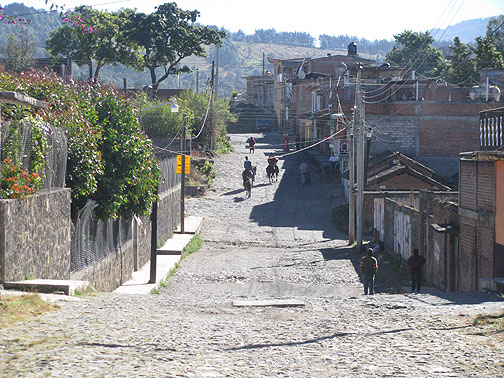 Patzcuaro in Michoacan, a fantastically well-preserved colonial town, mostly dedicated to tourism, but still incredibly charming! Adriana introduced me to a favorite Mexican pastime: puebleando… in English it might be “towning;” essentially driving from town to town in search of the serendipitous and fascinating, the cultural specialties, the curious hybrids produced by centuries of Mexican life… what fun!
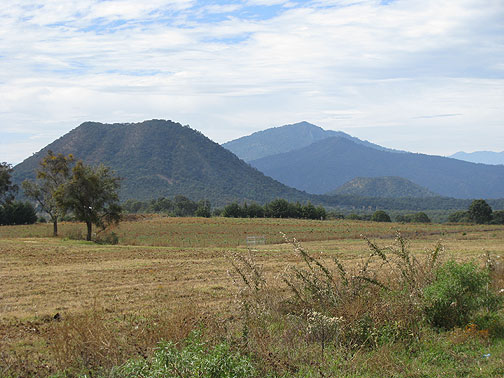 Michoacan countryside.  View across lake from TzinTzunTzan's ruins. Continue reading Puebleando in Michoacan
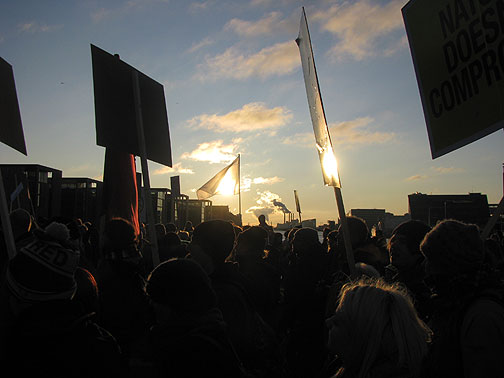 December 12, 2009 march of 100,000 through Copenhagen demanding Climate Justice and “System Change, Not Climate Change!” Note the power plant chugging along in the distant background! It was impossible to be everywhere and know everything going on in Copenhagen, and any account can’t help but miss large parts of the story. There will be much bloodletting and lots of efforts to draw conclusions from the failure there. As John Sauven, executive director of Greenpeace UK, put it: “It is now evident that beating global warming will require a radically different model of politics than the one on display here in Copenhagen.”
Interestingly, the radically different model will have to be not just among the nation-states who turned a catastrophic environmental situation into a mundane, unsuccessful trade negotiation, but equally the Climate Justice movement, which reproduced a lot of the anti-globalization rhetoric and tactics that have developed in a decade of summit protests (WTO, IMF, G8, etc.), but was unable to alter the discussion or change the agenda. Meanwhile the protests that tried to go beyond the alternative Forums were thoroughly shut down by pre-emptive police repression again and again.
 From the local paper, arrestees held on street for 3 hours with no bathrooms, drink, or food, in freezing temperatures. A young Swede told us how neighbors hung red curtains and blankets out the windows in solidarity, that one person set up a projector and projected “Let Them Go” on the opposite wall, and another neighbor played loud music into the street. At least two demonstrators were hustled into someone’s home to avoid arrest too! 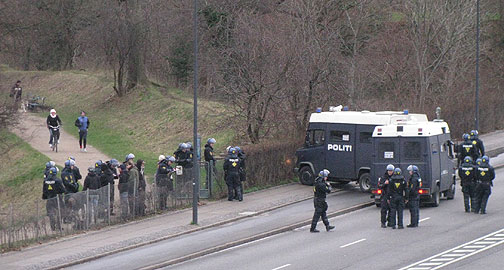 Police were everywhere, using dogs and close inspections as they tried to ferret out crimes before they were committed… so much for rule of law! I knew Copenhagen was going to be a disappointment not long after I arrived. The three separate conferences reproduced a pattern of modern political discourse, where different conversations speak across or at cross purposes with each other”¦ No doubt smart exchanges took place within the three conferences and in the countless conversations that surrounded and permeated all three venues (Bella Center, site of the UN COP15 Climate Conference; DGI Byen, site of the sprawling KlimaForum09; and Christiania, site of the Climate Bottom Conference). But the separate spaces reinforced a stratified public discourse and anyway, the nature of the discussions tended to be quite different depending on where you sat. It is difficult to talk politics without falling into clichés these days, and it’s getting harder as time goes on. We also tend to talk with those we already agree with, and rarely with those we don’t”¦
Continue reading Seeing the Elephant in Copenhagen: A Blind Man’s Account
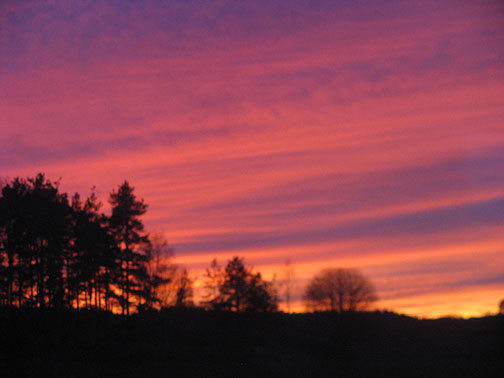 On the train from Oslo to Stockholm, we finally had clear skies. Towards the "end of the day" which is about 3:20 in this photo, we got this amazing sunset, which turns out to be somewhat typical of these days in Stockholm too. After seeing the Edward Munch museum in Oslo, and his famous painting The Scream, Adriana immediately tagged this view as the source of his inspiration... 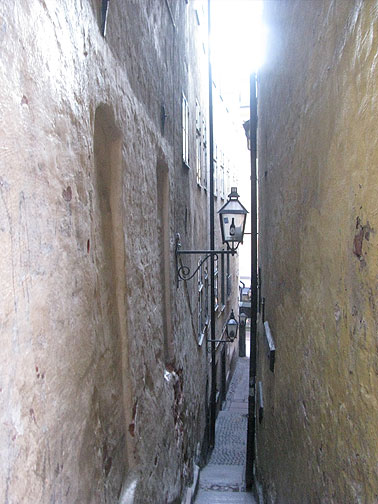 A pedestrian alley in the Old City. Visiting my cousin and his boyfriend in Stockholm, we’ve had a few days to be tourists and wander around. It’s the perfect city for wandering, that’s for sure! I kept thinking of Italo Calvino’s “Invisible Cities” as we climbed staircases and stumbled upon elegant old churches and explored the Old City (Gamla Stan)… I also got a head cold, probably from the endless passage between too cold (outdoors) and too hot (indoors)… I forget what real winter is like!
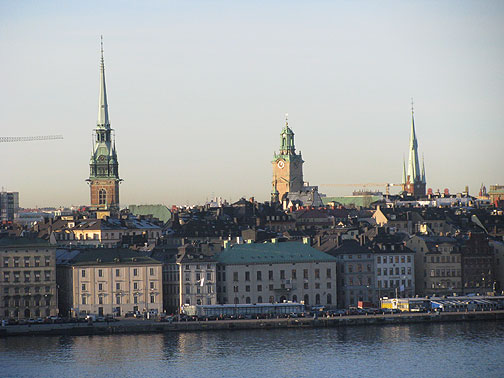 View towards the Old City from Sodermalm. We stumbled upon the Sofia Kirke (Church), which was an impressive Lutheran edifice sitting atop a steep hill in eastern Sodermalm (a central island in Stockholm, rather trendy now after being a working-class district for most of its history).
Continue reading Stockholm for walkers and thinkers
|
Hidden San Francisco 2nd EDITION!

NEW 2nd EDITION NOW AVAILABLE!
Buy one here
(Pluto Press, Spring 2025)
|




















